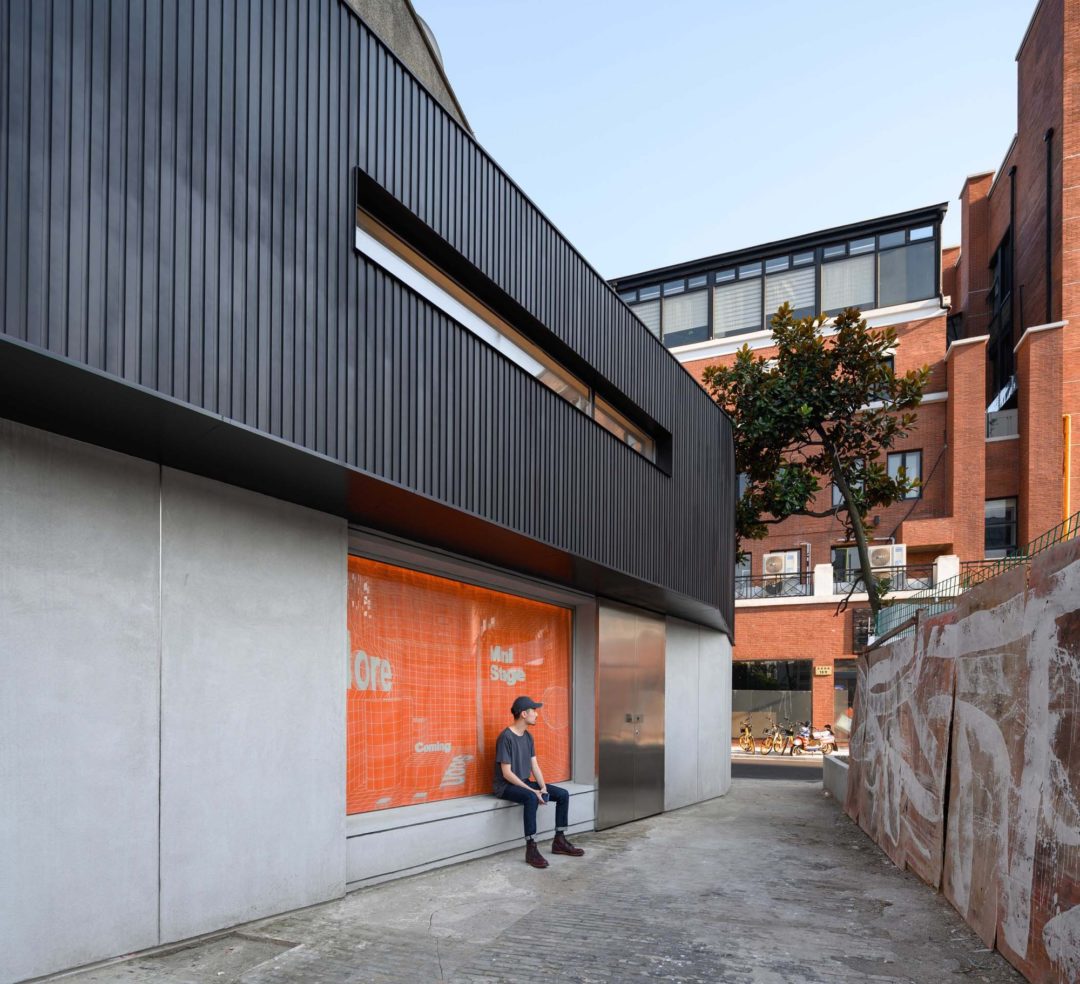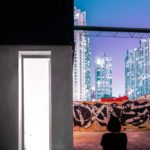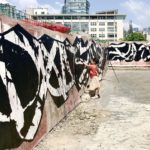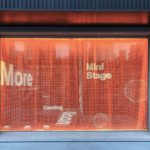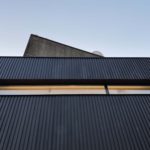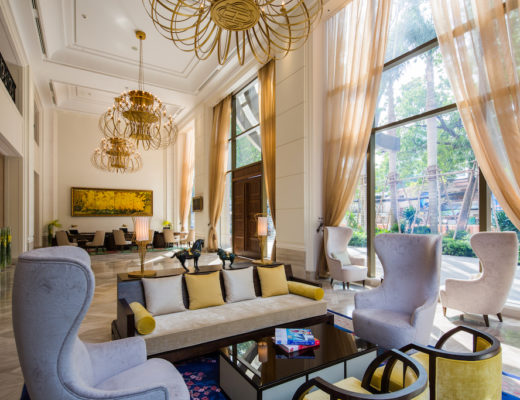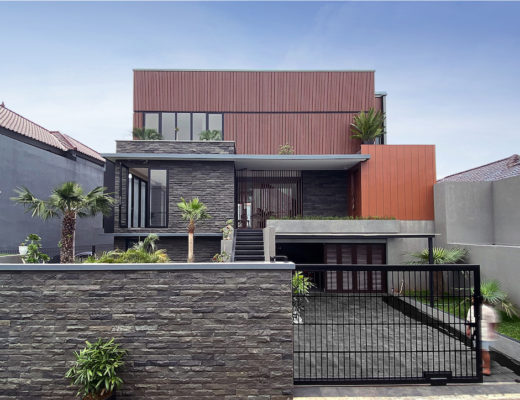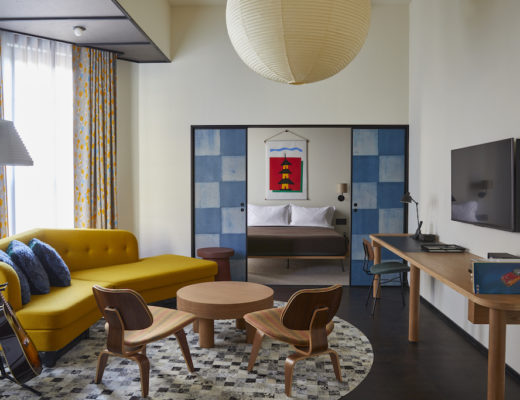It’s been 10 years since Singaporean hotelier Loh Lik Peng enlisted one of China’s leading architecture practices, Neri&Hu, to convert a former crumbling factory and warehouse facility on the Shanghai Bund into a hip boutique hotel The Waterhouse, while retaining its original character.

A decade later, the hotel is ready for another transformation. In the midst of the extensive renovation, Sunyat Architects was commissioned to overhaul the hotel’s 70m² boiler room that aims to serves as a reference point for a new social context.
Large scale landscape constructions that embody a new form of the social environment have become the norm during Chinese urban development that is a reflection of people and objects in the area. The expansion of Waterhouse is part of the larger initiative of the renovation project.
The Waterhouse is located in the new planning zone of the wharf on the South Bund in Shanghai. The original three-storey building was the headquarters of the Imperial Japanese armed force in the 1930s. During its transformation 10 years ago, a fourth-floor was added and the entire building was converted into a boutique hotel. The hotel retains its original concrete texture and a weather-resistant steel structure was added on the fourth floor. The skin of the metal decking forms a connection between the ships on the Huangpu River and the hotel. The Waterhouse is a capsule of the memory of Chinese urbanisation.
The parking lot has now been slated to be converted into an urban green space. This functional change allows the industrial era factory to transform into part of the “social landscape” opportunity. A “mini-stage” has been created in the boiler room, that will act as a transition between the Waterhouse and the future public green space, introducing “social landscape”.
“The boiler room of the Waterhouse is adjacent to one side of the main building, but not connected. Therefore, during the renovation process, we did not deliberately pursue the continuation of material and form. The functional use is added to the building instead of being a still object, establishing a form of flow and enclosure,” explain the lead architects Zhengyang Jia and Ying Wang.
The micro-renovation is located at the corner of the hotel towards the street. The flow direction of people naturally forms a route that transits from industrial space to the green space. A facade is established between the original building is formed to extend the sense of closure. The ceiling height of the micro-renovation is much lower than that of the building. The sense of closure continues to weaken. The crowd continues to “flow” and reach the other side of the renovation. The exterior offers a generous seating space and generates a transition to the site landscape.
Texture-wise, folded aluminum panels, cement textures, and colours are extracted from the surrounding environment. The past is solidified in the form of materials. The direct contrast between new and old materials increases the sense of distance between the past and the present, reflecting the flow of time between the sites, and history becomes the background of this context.
When space is given functions, it will no longer be a landscape with merely imagery symbols. A display window is implemented facing the city park, the facade is embedded with a canopy, lights, and seatings which amplifies the flow of airiness of the space and encourages interaction. The small public space in the building is connected to the large public park, integrating two independent spaces into an immersive experience.
The Waterhouse design embraces both its space and audience, which brings a new dimension and meaning to its original establishment landscape as a site. It marks the start of a timeline that evolves in the already established urbanisation and grows into the part of the history of the Bund.
Project details:
Lead Architects: Zhengyang Jia, Ying Wang
Design Team: Dengyang You, Jiajun Lv, Dawei Cao, Ruoqian Feng, Jiayu Yu, Bohao Gao, Jun Wang, Minghui Meng, Weibin Chen
Construction Architect: Feng Jiao
Structure: Siqiang Chen
MEP: Jingyi Xue, Shihao Zhang
Construction: Shanghai Hongyang Construction Engineering Co., Ltd
Client: Shanghai Chuangyi Industrial Co., Ltd
See the full image gallery here:
Photos: Songkai Liu, Dawei Cao, Mark Justin Shen, Weihua Ni
You might also like:
Ministry of Design transforms Singapore’s heritage shophouse into all-white co-living space
unarchitecte transforms disused building in China into integrated community kindergarten
Neri&Hu transforms former drab sales office into Junshan Cultural Center in Beijing

